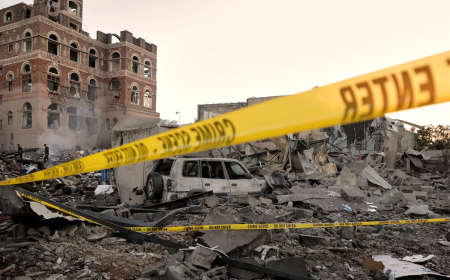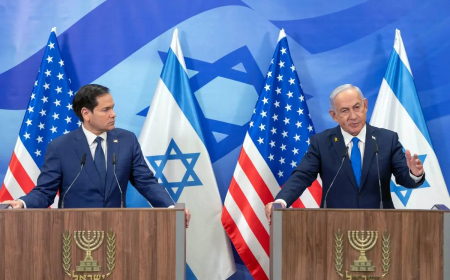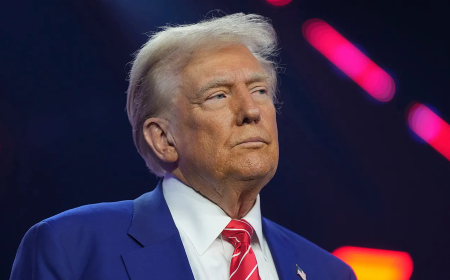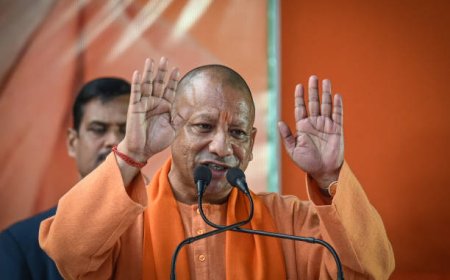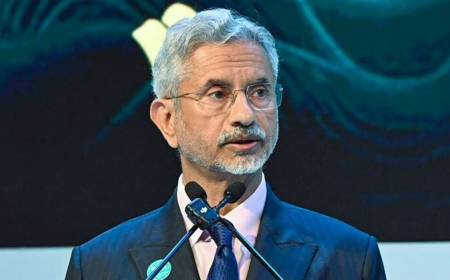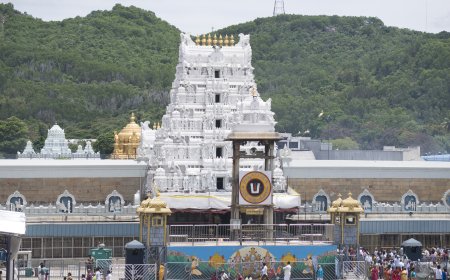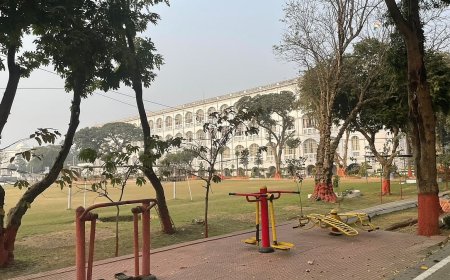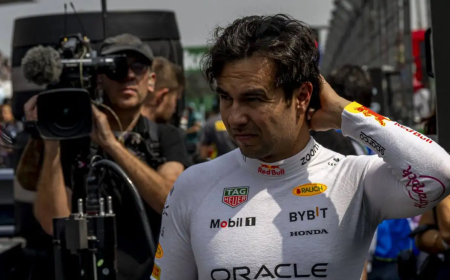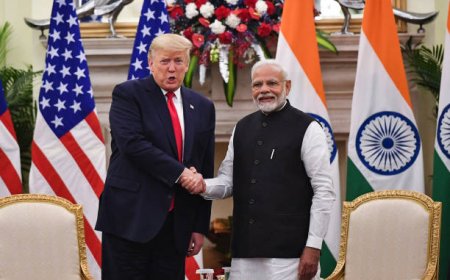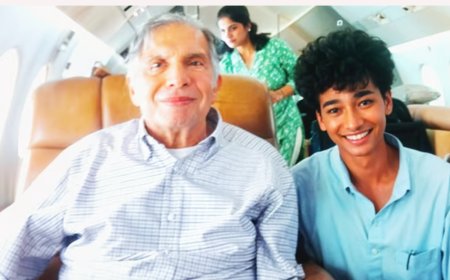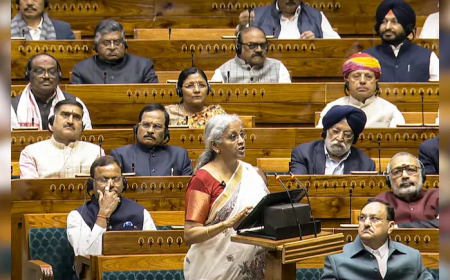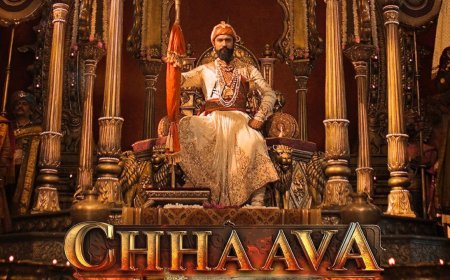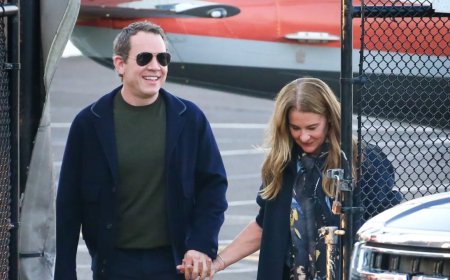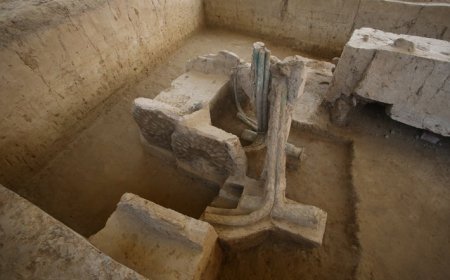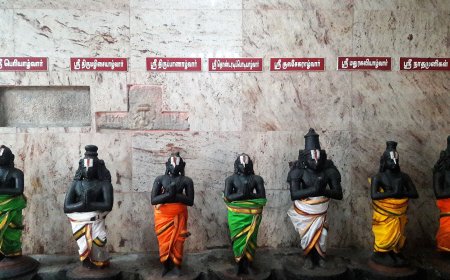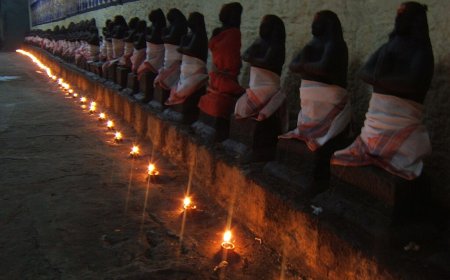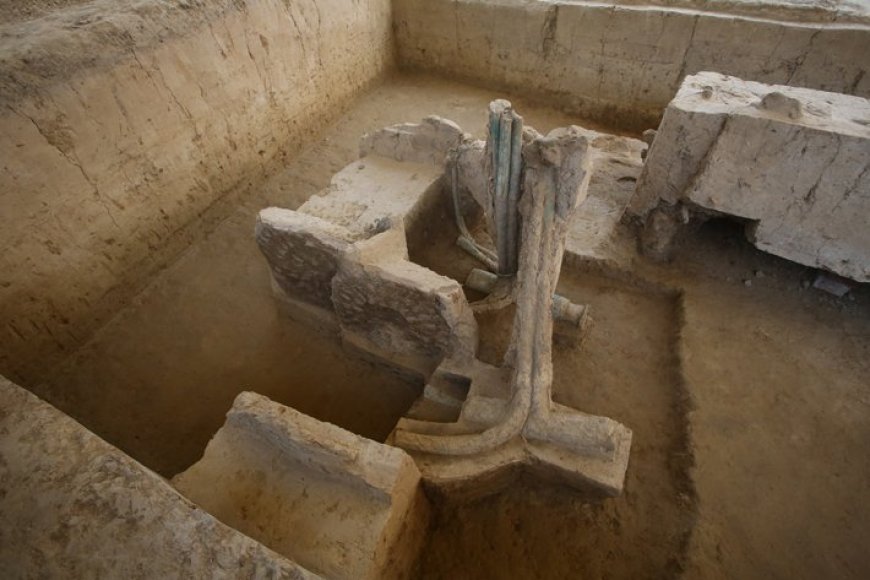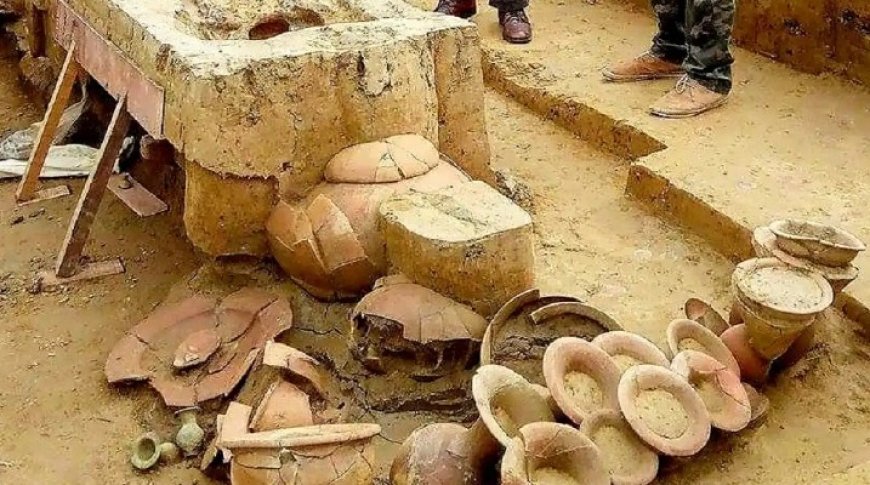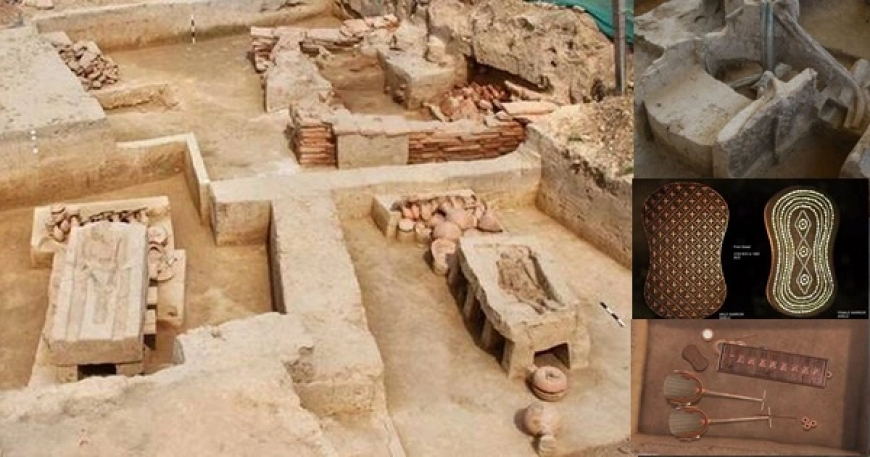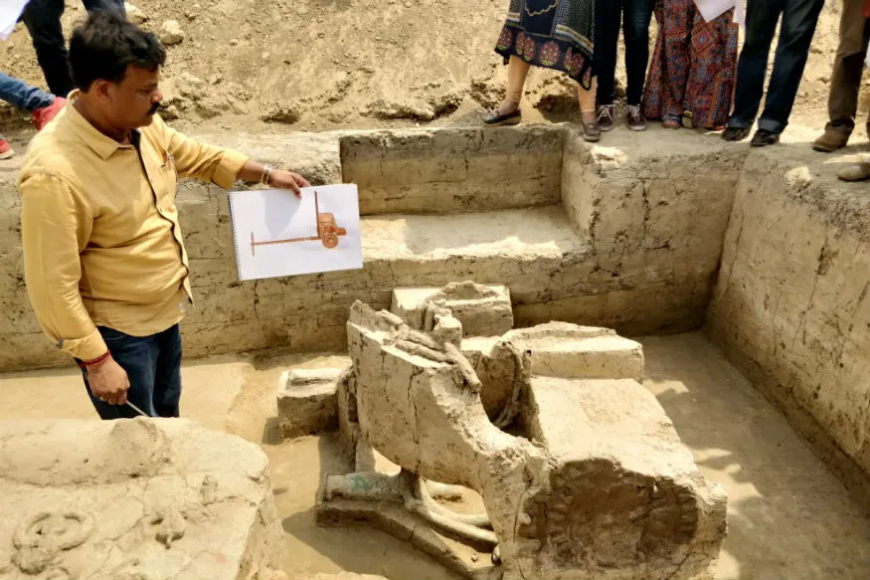What the Sinauli Chariots Reveal About Early Indian Civilization? Rediscovering Ancient India
Recent excavations in Sinauli have uncovered ancient chariots that challenge long-held beliefs about Aryan invasions in India. This discovery sheds light on a sophisticated civilization existing long before the traditionally accepted timeline.
The discovery of chariots in the archaeological site of Sinauli, located in western Uttar Pradesh, has sparked fascinating discussions among historians and archaeologists. Dated back to approximately 2000-1800 BCE, these findings contradict the long-standing Aryan invasion theory, sparking new narratives about the ancient civilization that thrived in India. Officials from the Archaeological Survey of India (ASI) have emphasized that evidence from the Sinauli site suggests a rich indigenous culture, characterized by advanced technology and diverse burial practices.
The chariots discovered in Sinauli are particularly noteworthy because they provide the first physical evidence of such vehicles in India. These ancient chariots feature solid wheels rather than the spoked varieties associated with Indo-European cultures. This raises questions about the mobility and warfare strategies of the societies that existed in prehistorical India. Dr. Sanjay Manjul, who led the excavation efforts, indicated that these findings extend our understanding of technological advancements in early Indian culture, positioning them alongside contemporary societies in Mesopotamia and other ancient civilizations.
Furthermore, the burial practices observed at the site reveal much about the societal structure and cultural beliefs of those who lived during this time. The presence of warriors' remains alongside artifacts such as weapons and ornaments indicates strong martial traditions and beliefs in an afterlife. This aspect of the findings portrays a civilization that valued both martial prowess and ritualistic practices, suggesting a complex social hierarchy and belief system. The inclusion of diverse grave goods further emphasizes the significance of these burials within their cultural context.
Critics of the Aryan invasion theory have seized upon the Sinauli findings to support their perspectives. Many argue that the evidence points towards an indigenous development of chariots, challenging the notion that such technology was introduced through outside invaders. Instead, the narrative shifts towards the idea that ancient Indian societies were self-sufficient and advanced in their own right. This has significant implications for how we view Indian history, particularly in relation to identity and cultural pride.
Moreover, the Sinauli site has emerged as a focal point in the ongoing debate surrounding the origins of Indo-European migration. The presence of these chariots and the associated burial practices raises compelling questions about the movement of peoples in and out of the Indian subcontinent. The absence of spoked wheels suggests that the technology historically associated with the Aryan migration may have developed independently within India itself. This challenges scholars to reconsider established timelines and theories regarding the cultural and technological influences in ancient India.
In a broader context, the discovery highlights the importance of further archaeological exploration. As excavation practices evolve and new technologies are utilized, insights into ancient life, societal structures, and technological advancements can be revealed. Each discovery serves as a reminder of the complexity and richness of India’s historical narrative, urging us to continue exploring the less tangible aspects of our cultural heritage.
The Sinauli chariots thus symbolize more than just archaeological artifacts; they represent a pivotal moment in redefining cultural narratives in India. The findings encourage both scholars and the public to engage with the history in a more nuanced way, moving beyond limited interpretations that have dominated discourse for generations. As more research unfolds, the potential to reshape our understanding of ancient Indian society continues to grow, paving the way for a renewed appreciation of our multifaceted heritage.

